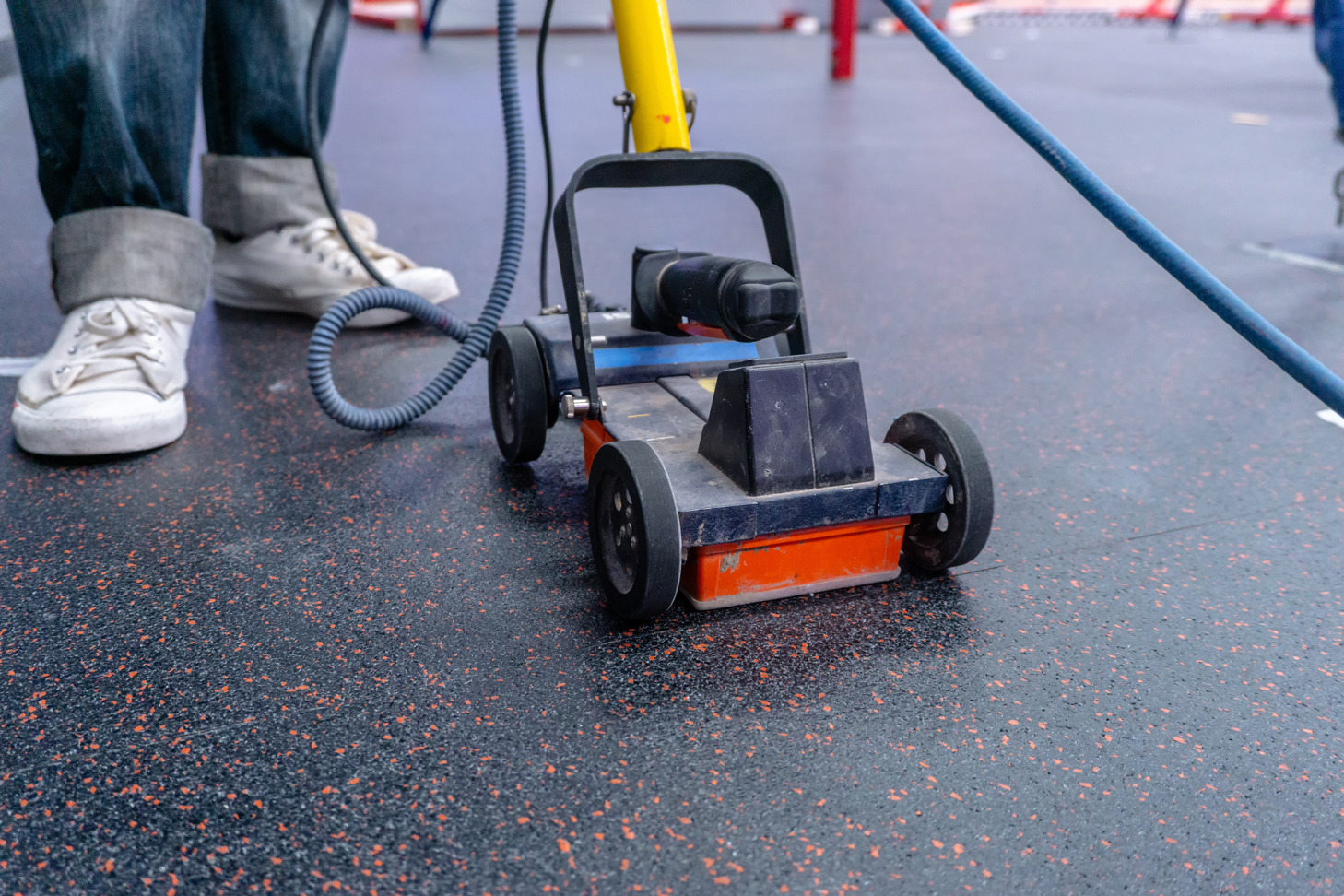Improve Construction Security with Professional Concrete Scanning
Improve Construction Security with Professional Concrete Scanning
Blog Article
Unveil the Transformative Power of Concrete Scanning in Maximizing Effectiveness and Safety
Concrete scanning has emerged as a crucial device in the building sector, using unequaled advantages in improving job performance and ensuring safety standards. By utilizing innovative innovation, concrete scanning permits specialists to see beyond the surface area, revealing hidden intricacies that could affect the architectural honesty of a structure. The transformative power of concrete scanning depends on its capability to give real-time information and comprehensive understandings, revolutionizing how projects are prepared and carried out. As we dig into the details of this ingenious strategy, a globe of opportunities opens up, showcasing a brand-new period of building and construction methods that focus on accuracy and security.
Relevance of Concrete Scanning
Guaranteeing the architectural honesty and safety and security of building projects starts with the crucial action of carrying out complete concrete scanning. Concrete scanning is a non-destructive method made use of to discover and map subsurface components within concrete structures. This procedure is essential in recognizing possible hazards, such as rebar, post-tension cords, and conduits, that may be hidden within the concrete. By utilizing sophisticated modern technologies like ground-penetrating radar (GPR) and electromagnetic induction, building groups can properly find these elements without creating any kind of damage to the structure.
Additionally, concrete scanning assists in maximizing job timelines and budget plan by avoiding unexpected prices and hold-ups that might arise due to unpredicted blockages within the concrete. Ultimately, spending in detailed concrete scanning is a positive strategy that enhances both efficiency and safety and security in building tasks.
Just How Concrete Scanning Works
Concrete scanning runs as a vital device in building and construction tasks by utilizing advanced technologies to find and map subsurface aspects without triggering structural damage. Ground Passing Through Radar (GPR) and Electromagnetic Induction (EMI) are two main approaches made use of in concrete scanning.
Throughout the scanning procedure, the information accumulated is examined in real-time, enabling prompt identification of prospective dangers or barriers beneath the surface area. This info aids in decision-making, making certain that building activities continue safely and successfully. In addition, 3D imaging software can be made use of to produce topographic maps of the subsurface components, further improving job planning and implementation. By using these sophisticated modern technologies, concrete scanning substantially decreases the danger of pricey problems and injuries on building websites.
Benefits of Concrete Scanning
One of the main benefits of concrete scanning is the ability to discover and find ingrained items such as rebar, post-tension cords, and channels precisely. Concrete scanning assists in planning and making extra successfully, as it supplies specific information about the place and deepness of architectural elements.

Situation Researches: Concrete Scanning Success

In an additional case, a building business made use of 3D concrete scanning to assess the problem of aging concrete frameworks in a historical structure. The detailed scans supplied useful insights into the degree of damage and assisted prioritize upkeep initiatives efficiently. By proactively addressing locations of problem recognized through scanning, the business had the ability to extend the life-span of the structure and guarantee occupant safety and security.
These study highlight the transformative power of concrete scanning in enhancing performance, accuracy, and safety in building and construction tasks.
Carrying Out Concrete Scanning in Projects
Executing sophisticated scanning technologies throughout construction tasks has actually come to be increasingly necessary for boosting precision and safety and security. By integrating concrete scanning right into job planning and execution, construction teams can identify possible risks, such as rebar or post-tension cords, concealed within concrete structures. This positive technique minimizes the threat of accidents, hold-ups, and costly rework, eventually leading to much more reliable project timelines and budget plans.
To implement concrete scanning effectively, job supervisors should collaborate very closely with experienced scanning specialists to identify one of the most appropriate scanning methods for the details task requirements. Involving this hyperlink scanning experts from the beginning of a task makes it possible for the group to produce thorough scanning plans that attend to crucial locations of problem and make certain detailed information collection.
Moreover, integrating concrete scanning right into routine task workflows can streamline decision-making procedures, as real-time check data supplies immediate insights into the problem of concrete frameworks - Concrete Scanning. This data-driven approach facilitates educated problem-solving and allows teams to make changes without delay, cultivating a society of efficiency and security throughout the project lifecycle

Conclusion
In conclusion, concrete scanning plays an important function in boosting efficiency and safety in building jobs. By using sophisticated modern technology to find and map out underlying frameworks within concrete, this process helps to stop expensive mistakes, make sure structural honesty, and minimize dangers on site. With the capability to discover hidden components and offer exact information, concrete scanning confirms to be a beneficial device for optimizing job end results and making best use of overall success.
Concrete scanning is a non-destructive approach utilized to detect and map subsurface components within concrete structures. Additionally, concrete scanning assists in maximizing job timelines and spending plan by staying clear of unexpected prices and delays that may arise due to unforeseen blockages within the concrete. One remarkable instance research involves a large restoration read more project where concrete scanning played an important duty in guaranteeing task success.In another instance, a construction company utilized 3D concrete scanning to analyze the condition of maturing concrete frameworks in a historic structure. By integrating concrete scanning right into job preparation and execution, building and construction teams can identify potential hazards, such as rebar or post-tension cables, concealed within concrete structures.
Report this page